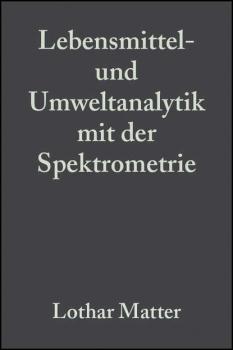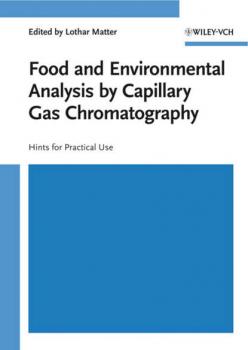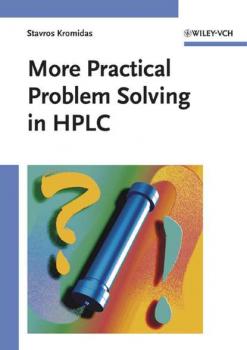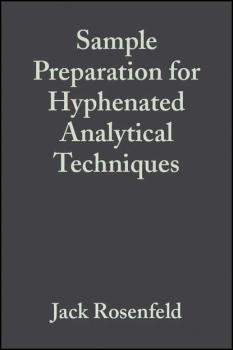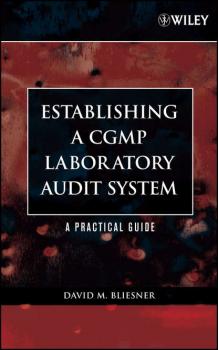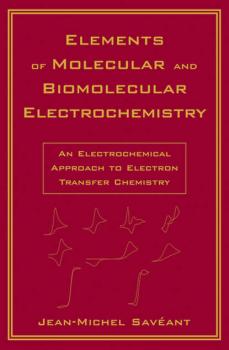Группа авторов
Список книг автора Группа авторовThe Chemistry of Heterocyclic Compounds, Heterocyclic Systems with Bridgehead Nitrogen Atoms
The Chemistry of Heterocyclic Compounds, since its inception, has been recognized as a cornerstone of heterocyclic chemistry. Each volume attempts to discuss all aspects – properties, synthesis, reactions, physiological and industrial significance – of a specific ring system. To keep the series up-to-date, supplementary volumes covering the recent literature on each individual ring system have been published. Many ring systems (such as pyridines and oxazoles) are treated in distinct books, each consisting of separate volumes or parts dealing with different individual topics. With all authors are recognized authorities, the Chemistry of Heterocyclic Chemistry is considered worldwide as the indispensable resource for organic, bioorganic, and medicinal chemists.
The Chemistry of Heterocyclic Compounds, Heterocyclic Systems with Bridgehead Nitrogen Atoms
The Chemistry of Heterocyclic Compounds, since its inception, has been recognized as a cornerstone of heterocyclic chemistry. Each volume attempts to discuss all aspects – properties, synthesis, reactions, physiological and industrial significance – of a specific ring system. To keep the series up-to-date, supplementary volumes covering the recent literature on each individual ring system have been published. Many ring systems (such as pyridines and oxazoles) are treated in distinct books, each consisting of separate volumes or parts dealing with different individual topics. With all authors are recognized authorities, the Chemistry of Heterocyclic Chemistry is considered worldwide as the indispensable resource for organic, bioorganic, and medicinal chemists.
Fundamentals of Environmental Sampling and Analysis
An integrated approach to understanding the principles of sampling, chemical analysis, and instrumentation This unique reference focuses on the overall framework and why various methodologies are used in environmental sampling and analysis. An understanding of the underlying theories and principles empowers environmental professionals to select and adapt the proper sampling and analytical protocols for specific contaminants as well as for specific project applications. Covering both field sampling and laboratory analysis, Fundamentals of Environmental Sampling and Analysis includes: A review of the basic analytical and organic chemistry, statistics, hydrogeology, and environmental regulations relevant to sampling and analysis An overview of the fundamentals of environmental sampling design, sampling techniques, and quality assurance/quality control (QA/QC) essential to acquire quality environmental data A detailed discussion of: the theories of absorption spectroscopy for qualitative and quantitative environmental analysis; metal analysis using various atomic absorption and emission spectrometric methods; and the instrumental principles of common chromatographic and electrochemical methods An introduction to advanced analytical techniques, including various hyphenated mass spectrometries and nuclear magnetic resonance spectroscopy With real-life case studies that illustrate the principles plus problems and questions at the end of each chapter to solidify understanding, this is a practical, hands-on reference for practitioners and a great textbook for upper-level undergraduates and graduate students in environmental science and engineering.
The Organometallic Chemistry of the Transition Metals
Fully updated and expanded to reflect recent advances, this Fourth Edition of the classic text provides students and professional chemists with an excellent introduction to the principles and general properties of organometallic compounds, as well as including practical information on reaction mechanisms and detailed descriptions of contemporary applications.
Lebensmittel- und Umweltanalytik mit der Spektrometrie
By providing current, proved applications, experienced experts share their practical knowledge. With tips and tricks they help the reader solving his own analytical problem. The scope of spectroscopic methods described reaches from UV/VIS-spectrometry through atomic absorption spectrometry to ICP-OES and ICP-MS.
More Practical Problem Solving in HPLC
A unique approach to solving HPLC problems. Everyone who bought «Problem Solving in HPLC» by Stavros Kromidas will equally benefit from nearly 100 new practical examples for optimization, trouble-shooting, and instrument performance given in this sequel. The author provides – guidance for selecting and evaluating methods, intstruments and columns, – practical help with everyday trouble-shooting, – advice for optimizing separations, always explaining the reason why. In each case the problem, the solution and the conclusions are presented over a maximum of 4 pages, and in addition the book contains manufacturers' addresses, references, data tables and checklists.
Sample Preparation for Hyphenated Analytical Techniques
Linking “standard” but often mutually incompatible analytical techniques – so called hyphenation – generally leads to enhanced analytical performance, so hyphenated techniques are widely used in areas where samples are presented in complex matrices, eg environmental, pharmaceutical and biochemical analysis. With these hyphenated techniques, sample preparation is often the most time-consuming step in analysis, particularly where compounds are present in low concentration, and it has a huge influence on the quality of the analytical results. Sample preparation is still not given the importance it deserves, however. The purpose of this book is to demonstrate the sample preparation chemistry that has enabled the present sensitivity, specificity and high throughput available across a range of hyphenated analytical techniques, and to illustrate the successful utilization of existing sample preparation methodologies in various analytical applications. It identifies the problems in biology, environmental science and pharmaceutical chemistry that require new ideas in chemistry and provides considered opinion on those newer techniques that may address these problems. By dealing with wider issues than is generally found in review papers, this book will provide analytical chemists with insights that are not available by searching the literature for papers on a specific topic.
Establishing A CGMP Laboratory Audit System
The first systematic, hands-on auditing guide for today's pharmaceutical laboratories In today's litigious environment, pharmaceutical laboratories are subject to ever stricter operational guidelines as mandated by the FDA, and must be able to establish and demonstrate sustainable operational practices that ensure compliance with the current good manufacturing practice (CGMP) regulations. David Bliesner's Establishing a CGMP Laboratory Audit System: A Practical Guide is designed to provide laboratory supervisors and personnel with a step-by-step, hands-on audit system that they can rely on to ensure their facility remains compliant with all current and future requirements. Focusing on a «team approach,» the author uses detailed flowcharts, checklists, and descriptions of the auditing process to help readers develop a new audit system or upgrade their current system in order to: * Improve current compliance * Demonstrate sustainable compliance * Produce data for federal inspections * Avoid regulatory action Enhanced with detailed checklists and a wealth of practical and flexible auditing tools on CD-ROM, this book provides an ideal resource for new and future laboratory personnel, and an excellent means for keeping existing industry practitioners up to date on the nuances of operating a consistently compliant pharmaceutical laboratory.
Elements of Molecular and Biomolecular Electrochemistry
This book is based on the George Fisher Baker Lecture given by Jean-Michel Savéant at Cornell University in Fall 2002. * The first book focusing on molecular electrochemistry * Relates to other fields, including photochemistry and biochemistry * Outlines clearly the connection between concepts, experimental illustrations, proofs and supporting methods * Appendixes to provide rigorous demonstrations to prevent an overload of algebra in the main text * Applications-oriented, focused on analyzing the results obtained rather than the methodology




